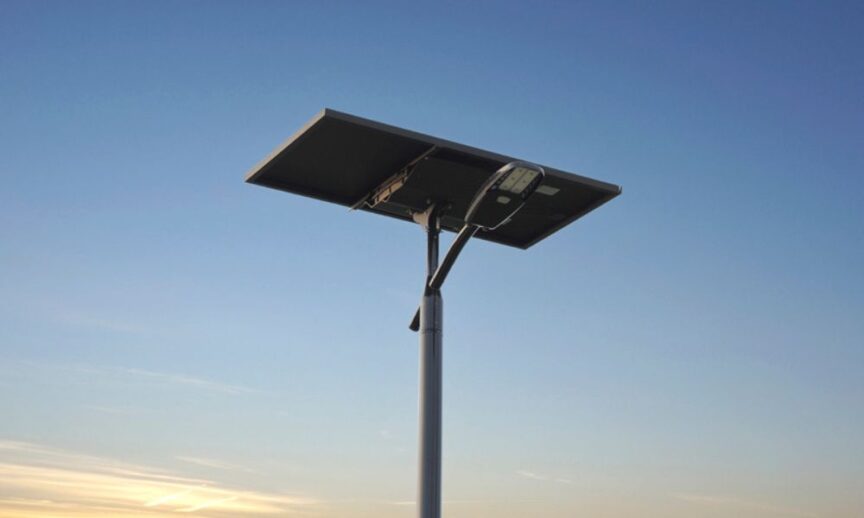Over the last couple of years, cities and neighborhoods worldwide have increasingly focused on going green. From eco-friendly buildings to environmentally responsible waste systems, there is a growing number of ways to create greener places to live. If you’re looking for ideas as a city planner or neighborhood leader, here are five creative strategies you can implement to make your area more sustainable.
Use Green Building Practices and Materials
Green building practices are becoming increasingly popular. They provide a sustainable option for construction that considers the environmental impact of the building’s location as well as the building’s effect on the location. They also consider the embodied energy and other impacts associated with the extraction, processing, transport, maintenance, and disposal of building materials. Many green building materials, such as clay brick, bamboo, cellulose insulation, and recycled steel are available to reduce the environmental impact of new construction projects. The use of these practices can help cities and neighborhoods become more sustainable.
Promote Bicycle Use
Encouraging people to use bicycles, walk, or use other forms of active transportation instead of cars is a great way to reduce emissions and make your city greener. Building bike lanes on major roads, creating multiuse trails, providing incentives for bicycle use, and educating people about the benefits of cycling can help get more people onto two wheels.
Plant Trees and Gardens
Another way to make cities and neighborhoods greener is to abundantly plant trees, plants, and gardens. This can help reduce air pollution, provide habitat for wildlife, and increase the amount of green space available for residents to enjoy. Planting a variety of trees and other vegetation can also help improve water quality by providing a natural buffer against stormwater runoff.
Reduce Waste
Reducing the amount of waste a city or neighborhood generates can help reduce its environmental footprint. Doing so will help cut down transportation costs, landfill space, and energy consumption associated with manufacturing and disposing of products. Encouraging people to compost food scraps, recycle paper and plastic materials, and reuse items rather than throwing them away can help to reduce waste and create a cleaner, greener environment.
Install Solar-Powered Lights
It’s no surprise that cities and neighborhoods are increasingly turning to solar-powered lighting for their public spaces. It saves money on energy bills, reduces emissions, and provides inviting light after dark. Plus, these lights can make a huge difference in areas without existing hook-ups. By offering lighting, they help improve quality of life and support economic opportunities in unlit urban and rural communities alike. So, if you’re looking for an easy way to do something big in your city or neighborhood, consider solar-powered lights.
At the end of the day, we can all agree that creating greener cities and neighborhoods is an important step in taking care of our environment. To make this a reality, we need to implement responsible energy solutions, such as solar lighting. At Fonroche Lighting America, we provide high-quality commercial solar lighting, making it easy and cost-effective to light up public areas. With solutions such as solar street lighting, parking lot lighting, and general area lighting, you can help protect the environment and make cities safer for both pedestrians and vehicles. Make the switch today and take part in building a greener tomorrow.

